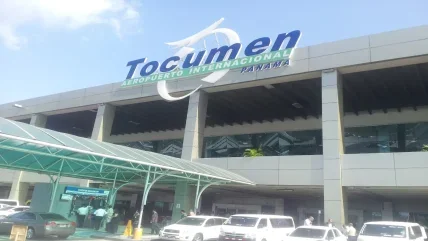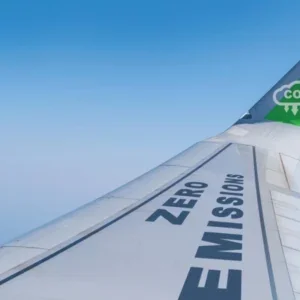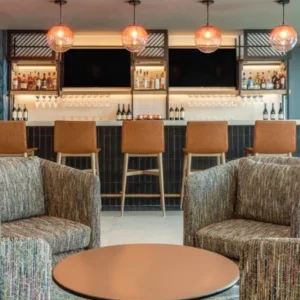
Tocumen International Airport connects with 83 destinations in 35 countries, serving more than 14 million passengers. Due to its level of operations and passenger traffic, it launched the first phase of an extensive master plan to expand and modernise its facilities between 2004 and 2008. A year later, the airport began the second phase, which was concluded in 2012.
An ambitious new terminal project is now under way that will see Tocumen secure Panama’s position as a tourist destination. The airport itself is considered the country’s second most important asset after the Panama Canal. However, the strong growth of the airport, due to the nation’s privileged geographical position, forced the construction of Terminal 2 (T2) as part of a third expansion phase. Tocumen is now expected to serve more than 22 million passengers between both terminals, thereby increasing Panama’s attractiveness as a destination.
The innovative design for the new terminal building was conceived by the famous UK architect, Sir Norman Foster. It will reflect the Panamanian landscape, evoking a unique sense of place to welcome visitors to the country, while removing the anonymity of the international hub experience for passengers in transit. Terminal 1 (T1) will also gain 20 new boarding gates over an area of 116,000m2.
Whole new levels
When finished, Tocumen International Airport will have 53 boarding gates and eight remote gates, and will cover an area greater than 200,000m2. The new building’s first floor will be arranged for the arrival of passengers, customs offices, migration and car rental.
On the second level, which will handle departures, there will be 50 counters for issuing boarding passes, ten security checkpoints and a tax-free commercial area of more than 10,000m2 with waiting rooms and wide corridors. The mezzanine levels will house the VIP lounges, food courts and airline offices.
Capable of resisting tremors measuring up to 8.0 on the Richter scale, T2’s cutting-edge facilities and technology will include fibre optics, and an integrated baggage system between T1 and T2 that will eventually be able to process 8,400 suitcases an hour.
T2’s roof will have zoned lighting from skylights that will illuminate the interior with natural light in conjunction with an LED lighting system that will optimise energy use, and a special lighting feature that will use foliage to suggest passage through a forest, will be brought into the main nave. A mechanical and automatic system, meanwhile, will open certain windows to disperse smoke in the unlikely event of a fire.
The parking area, which is to be located opposite T2, will have a capacity of more than 1,200 spaces. Looking further into the future, the master plan also envisages an eventual third runway for Tocumen International Airport.






